The Remarkably Easy Tea Tasting You Can Do Right Now
TEATIME NOTES
Find tips, recipes, and articles to increase your delight and enjoyment of tea.
The Remarkably Easy Tea Tasting You Can Do Right Now

How to Create the Best Collection of Teas
You know your tea situation is out of control. Your cupboard is spilling over with tea bags and boxes and tea — oh my!
But you love all of your teas, right? Come on. Be honest with yourself.
Do you love all of them? What about that strange blend tucked away in the dark corner that you had — a year ago? So you admit there are some teas you could part with.
Now, think about this:
How would it feel to open your pristinely organized tea cupboard and know that every single tea is one that you absolutely loved? Now, that is pure joy!
Hold on. This sounds a lot like cleaning. You don’t want to clean.
But, guess what? This isn’t cleaning — not when tea tastings are involved.
You’re going to have your own tea tasting comparison at home — right now — in a way that’s easy and works for you.
No, you don’t have to narrow down your tea inventory to only five teas — that’s appalling. No one should suffer through that. But, taste testing your teas will help you filter through the best ones that deserve a place on your shelf — ones that you’ll actually drink.
Are you ready to taste test your teas? Let’s go!
What You’ll Need
- Water
- Tea
- Cups
- Teapots or Infusers (optional)
- Kettle
- Timer
Read These Notes Before You Get Started
Water
The kind of water you use changes the flavor of your tea. Choose spring water, bottled water, filtered water, or water straight from your tap. Stay away from water without minerals — like distilled water — this will make your tea taste flat and flavorless.
Tea
Stick with two to four teas so there are enough to compare but not so many that it gets overwhelming. You can use loose-leaf tea, tea bags, or tea sachets — whatever you drink regularly.
Tea tastings are best when the teas are all the same kind — like all green, black, or herbal. If you do your tasting with different kinds of teas, start with the lighter kinds — whites and green — and finish with the bold and strong teas — oolong and black. This way the strong teas won’t mask the flavor of the delicate ones.
Cups
In an ideal world, you’ll do your tea tasting with the same cups for each tea that are odorless and flavorless. The best tea cups you can use are made from borosilicate glass because they never seep other flavors into your tea and they’re completely odorless. These cups are perfect for tea tastings and comparisons.
Teapots or Infusers
If you’re using tea bags or sachets, steep your tea directly in each cup and skip the teapot or infuser. If you’re using loose-leaf teas, have some teapots on hand so you can steep your teas. You can also use tea infusers that steep single cups of loose-leaf tea.
Kettle
You’ll need something to heat your water in, and a kettle is ideal. Many kettles have convenient temperature settings for different kinds of tea.
If you boil your water on the stovetop keep and thermometer handy so you can steep your tea at the proper water temperature. Or you can do whatever you normally do. Whatever you do decide to do for your tea tasting, make the process consistent.
Timer
Steep the tea for as long as you like OR for the recommended time. Use your clock, your phone, your watch — anything you like. Or not! Steeping tea for a proper amount of time is always recommended, but if you like your tea stronger or weaker you steep it for any amount of time you want.
How to Have Your Own Tea Tasting at Home
- Heat Up the Water
Use your automatic kettle or a thermometer to heat up your water to the right temperature. Steeping your black tea in boiling water unlocks and releases all of its amazing flavors. But the same hot boiling water will scorch green tea leaves and make your tea taste weak or bitter.
If all this sounds like too much work, just boil water however you normally do. Whatever you do for your daily routine is perfect.
- Heat Up the Teaware
Did you know your cold cup or teapot can lower the temperature of the water so your tea doesn’t steep well? It’s good practice for you to heat up your cup and kettle with a splash of hot water before you add your leaves. Simply swirl a splash of hot water around in the teapot or cup for a few seconds and discard it before adding your tea leaves and the water.
You can also microwave your teaware for a few seconds if it’s microwave safe. But, this is your tea tasting, so if you want to skip this step, too, feel free to skip this step.
- Measure the Tea
One scoop of black tea is not equal to one scoop of green tea. Leaves are different sizes, weights, and shapes, and all teas have an ideal water-to-tea ratio. Follow the directions on the packaging for whatever tea you’re using.
You can also eyeball it. And for a tea tasting, you might not want to steep an entire pot of tea. You might steep a quarter of a pot instead. If you’re using tea bags just proceed however you normally do and plop it in the cup. Easy-peasy.
- Steep the Tea
This is where your timer comes in handy. Steep the tea however long the directions say. If you like your tea weaker, steep it for less time. If you like it stronger steep it longer.
When your teas are done steeping, pour them into their preheated cups. If you used teabags, remove the tea bag.
- Smell and Look at the Tea
It’s time to test the tea starting with look and smell. Look at the color of the tea broth and compare it to the other teas. Is there anything important to note?
Ask yourself: What does it smell like? Do you enjoy the fragrance or is there something that’s unappealing? Is it floral, grassy, fruity, or earthy?
- The First Tea Taste — Your Initial Thoughts
Take a small sip of one tea, then sip again. Wait a few moments and take a third sip. You’ll want to pay attention to your initial reaction to the tea.
Ask yourself: What are your initial thoughts about this tea? What do you taste? Is it sweet, bitter, sour, or strong? What do you like or dislike about it?
- The Second Tea Taste - Your Deeper Thoughts
After you analyze the overall taste of the tea, you’ll want to take note of the aftertaste and the physical effects of the tea.
Ask yourself: Does it leave your mouth dry? Is there a lingering sweetness, bitterness, or other flavor that appears after swallowing the tea? How long does the taste linger after you swallow your tea?
Repeat steps five through seven with all of your teas one at a time.
- Side by Side Taste
Now, it’s time to test your teas side by side. You might already have an idea which teas you like the taste of most or the least, but testing side by side in pairs can help you find your real favorite.
Choose two teas and taste one, then the other, and rank them better or worse. Do this again and again until you’ve ranked your teas from least favorite to your favorite.
- Record Your Tasting
If you feel like you’ll do a tea tasting again, write down your findings and tuck them away in your tea cupboard for safekeeping.
Ask yourself: What stood out? What teas did you test? Which ones did you like or dislike and why?
Note any flavors, smells, textures, or aftertastes you loved. Note any flavors you didn’t like. You might discover you don't like lemongrass or licorice root — now you know to stay away from teas with these herbs.
Teaware for Your Lifestyle
When it comes to tea tastings odorless and tasteless teaware is ideal — but it’s also ideal for everyday tea drinking. You want to enjoy every sip of your glorious tea and that starts with quality tea and the right kind of teaware.
The best teaware material is borosilicate glass — which is odorless, tasteless, and chemical-free. Unlike porcelain and stone teaware, borosilicate glass teaware won’t leach toxic chemicals into your tea. It’s also easy to clean, it’s microwave-safe, and dishwasher-safe, and it can hold up to extreme hot and cold temperatures.
Whether you’re a tea drinker who’s always on the run or one who loves to lounge and relax over a pot of tea type, there is something here that is perfect for your lifestyle. Teabloom has the largest and most exquisite hand-crafted teaware that matches your decor and adds simplicity, beauty, and purity to your daily tea ritual.
Explore USDA Certified Organic Teas and sustainable teaware from a reputable brand that’s cared for your wellness and the world from day one.
Make a positive difference with Teabloom, today.

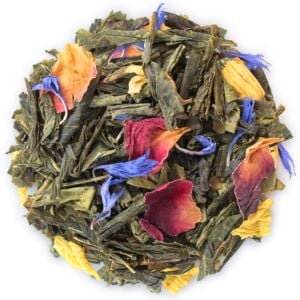

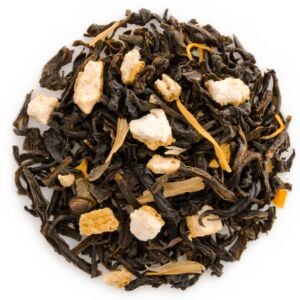
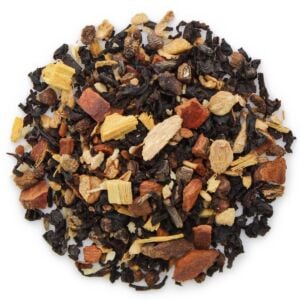
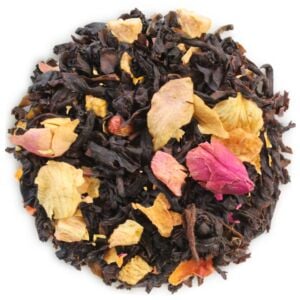
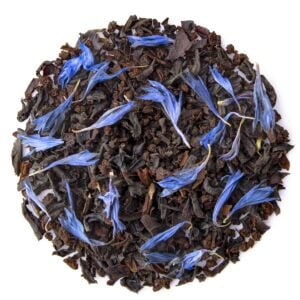
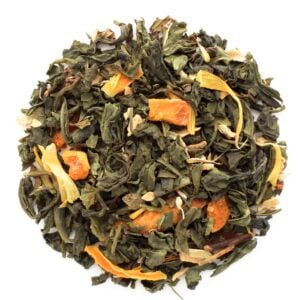
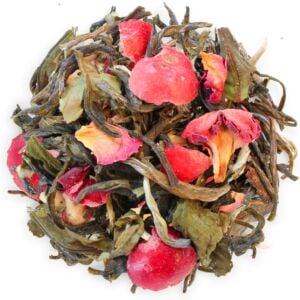
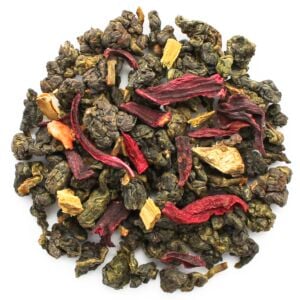

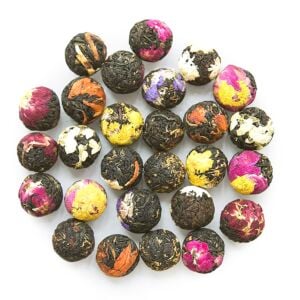


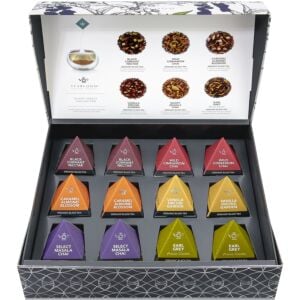
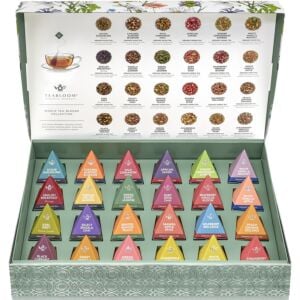

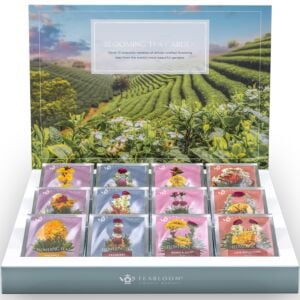
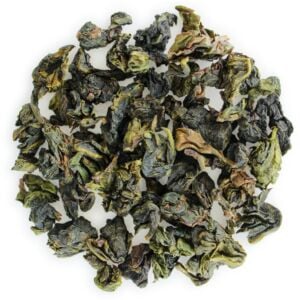
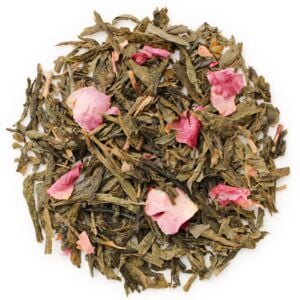
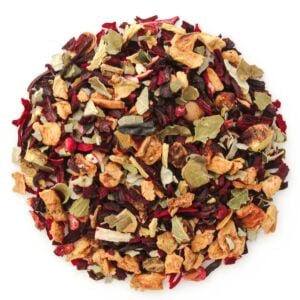
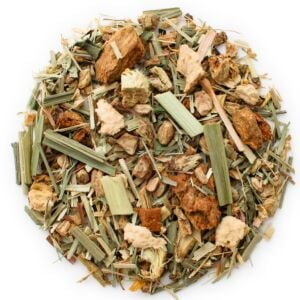
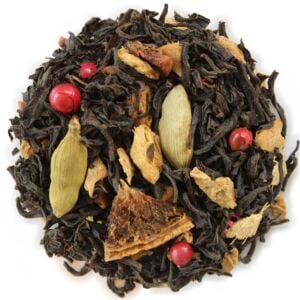
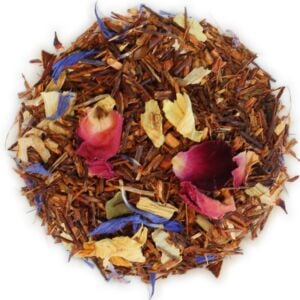
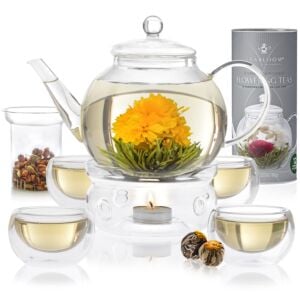
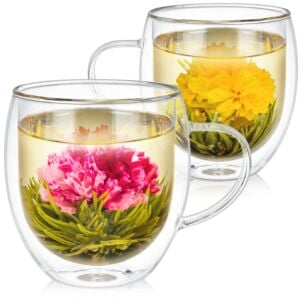
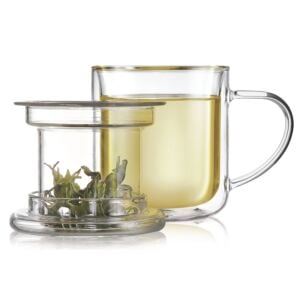
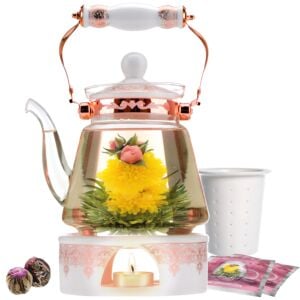
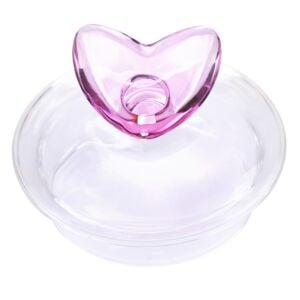
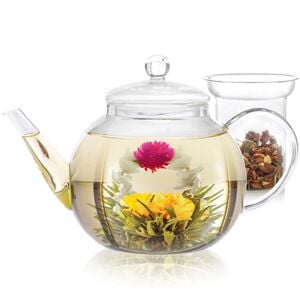
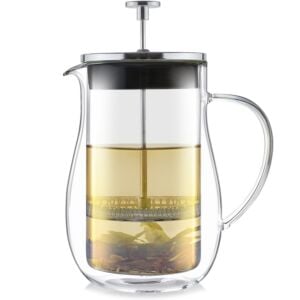
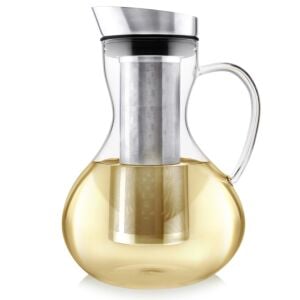
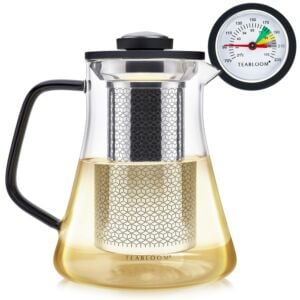
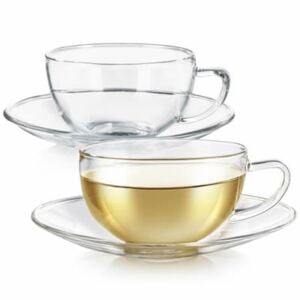
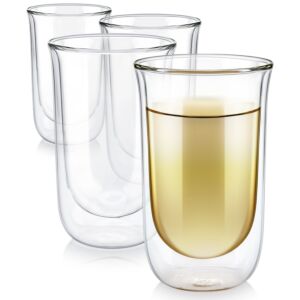
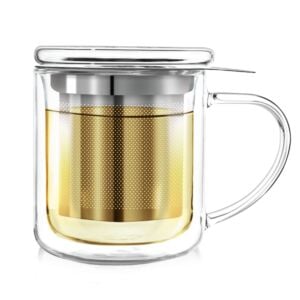
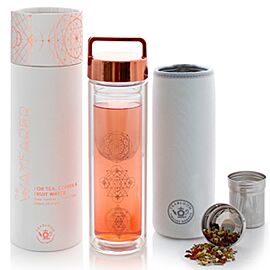

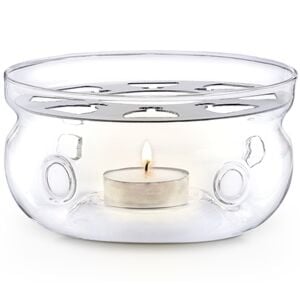
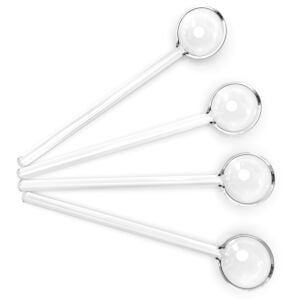
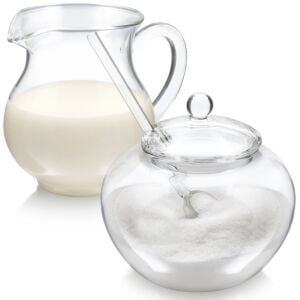
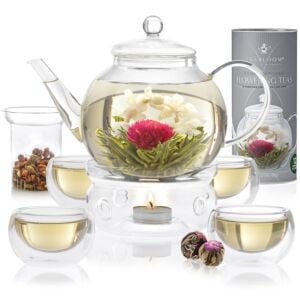
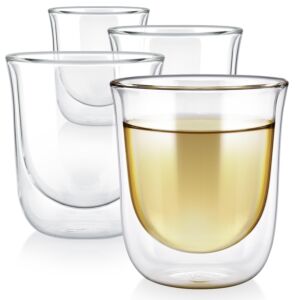
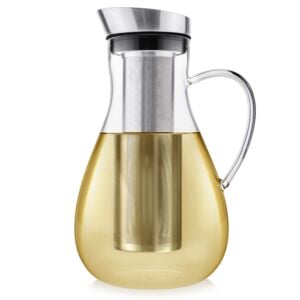
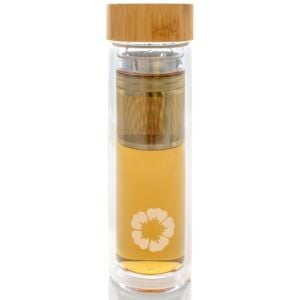
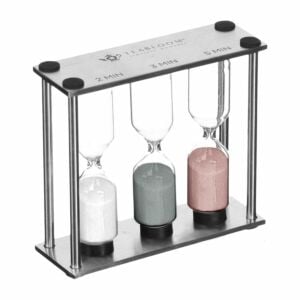
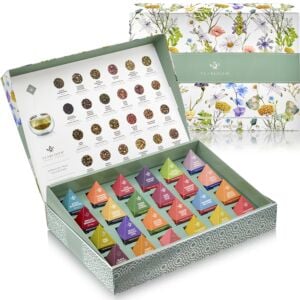
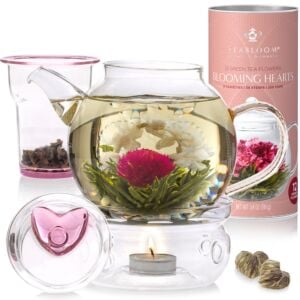
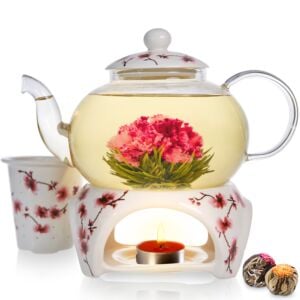
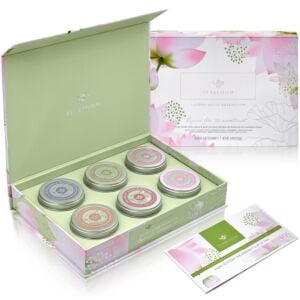
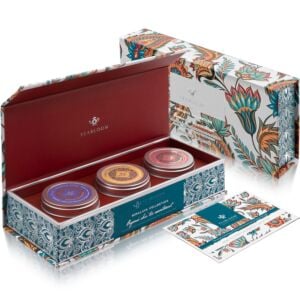
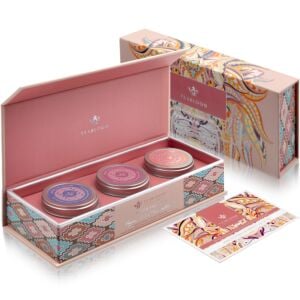



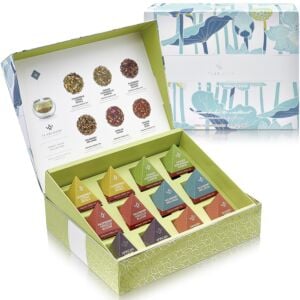
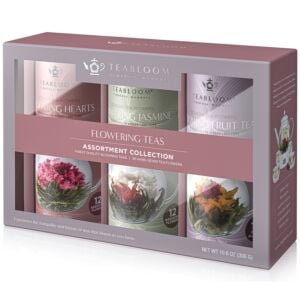

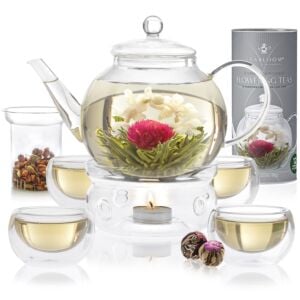

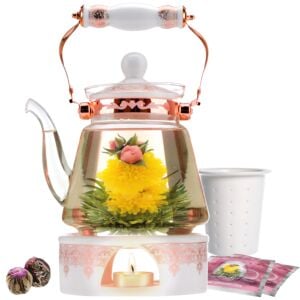
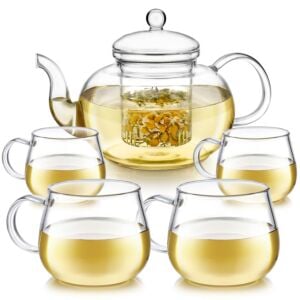
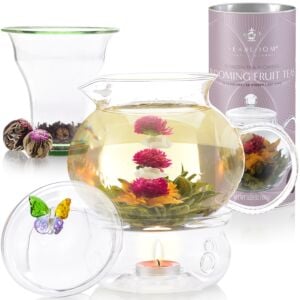
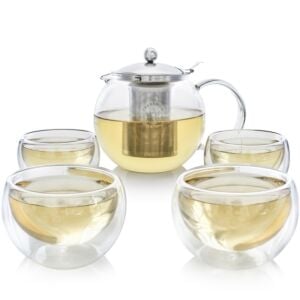
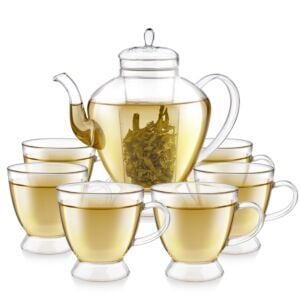
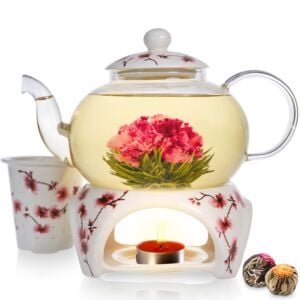
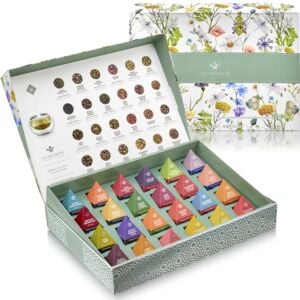
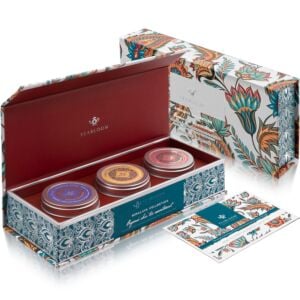
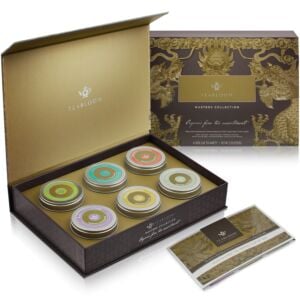
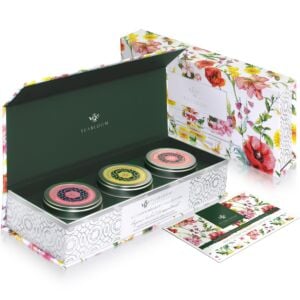
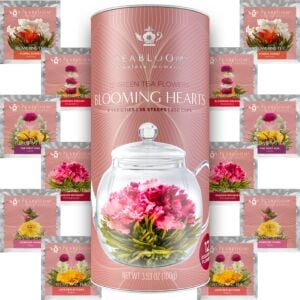
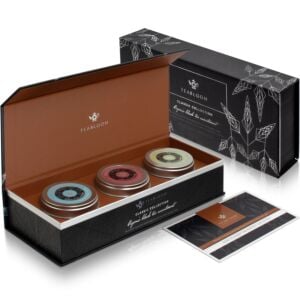
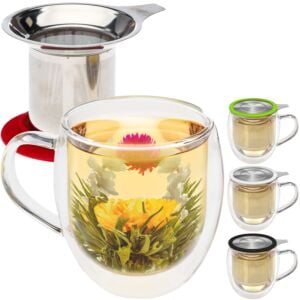

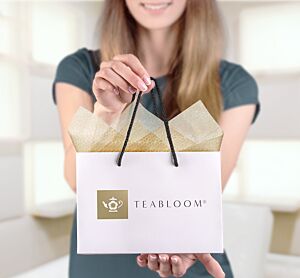
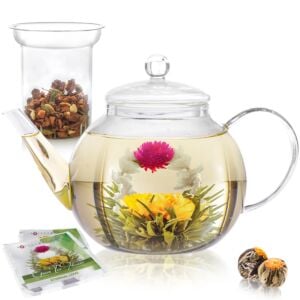
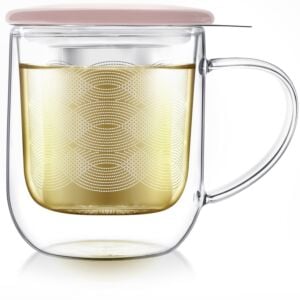

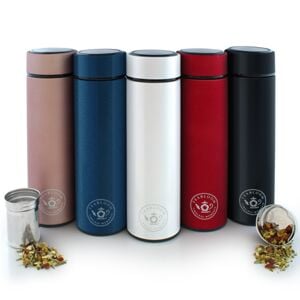
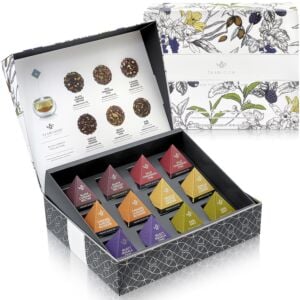
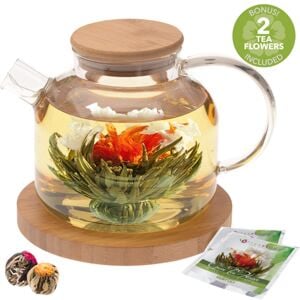
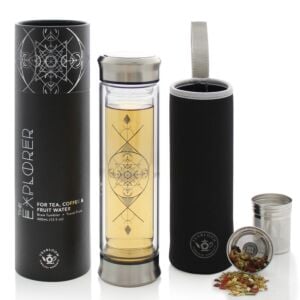
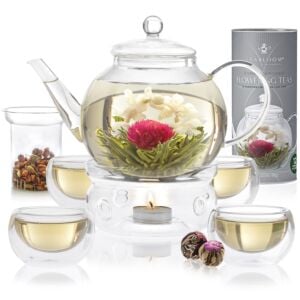
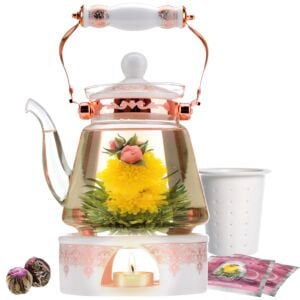
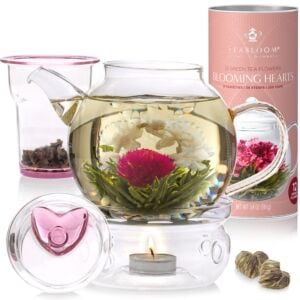
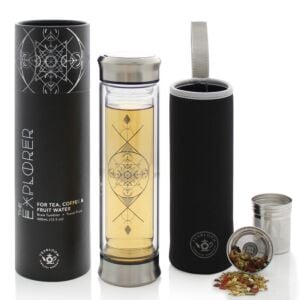
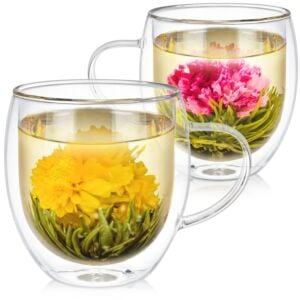
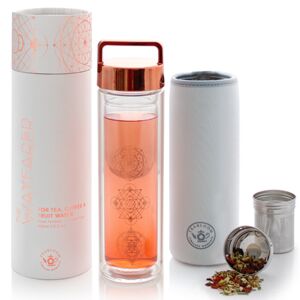
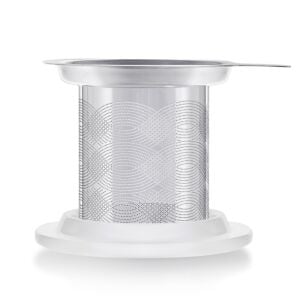
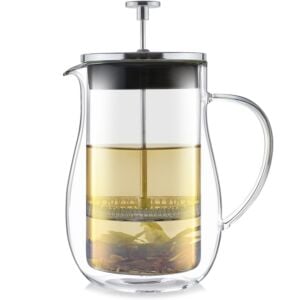
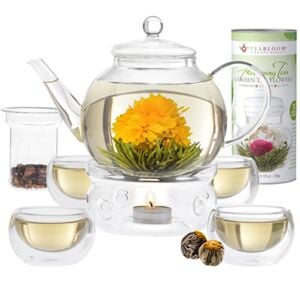
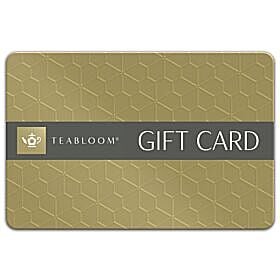
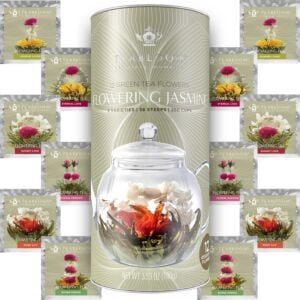

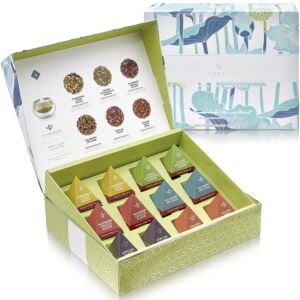
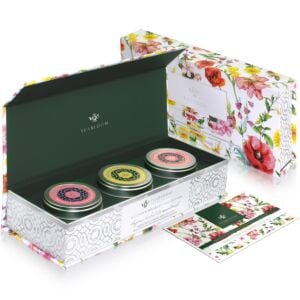
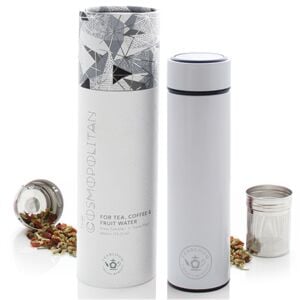

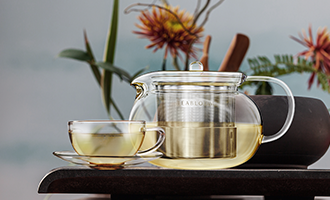
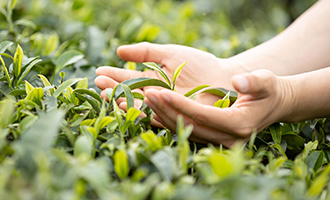
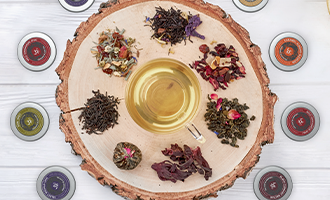

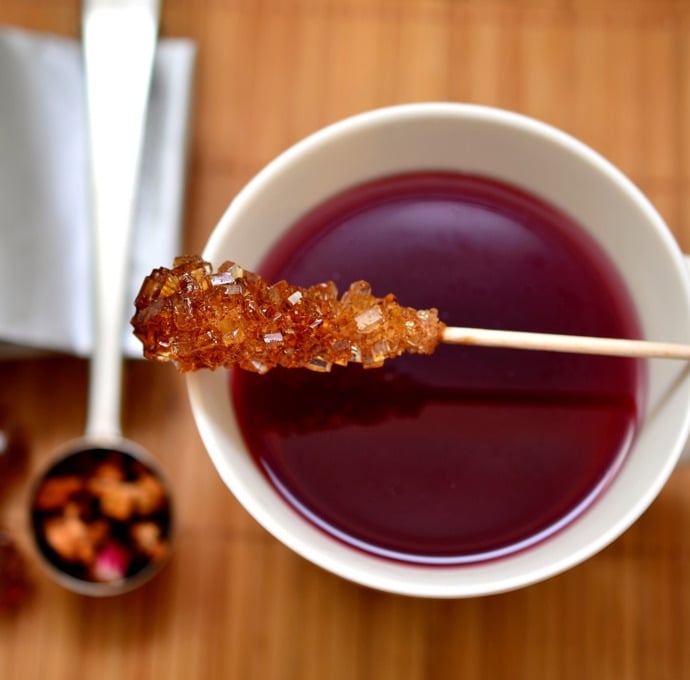
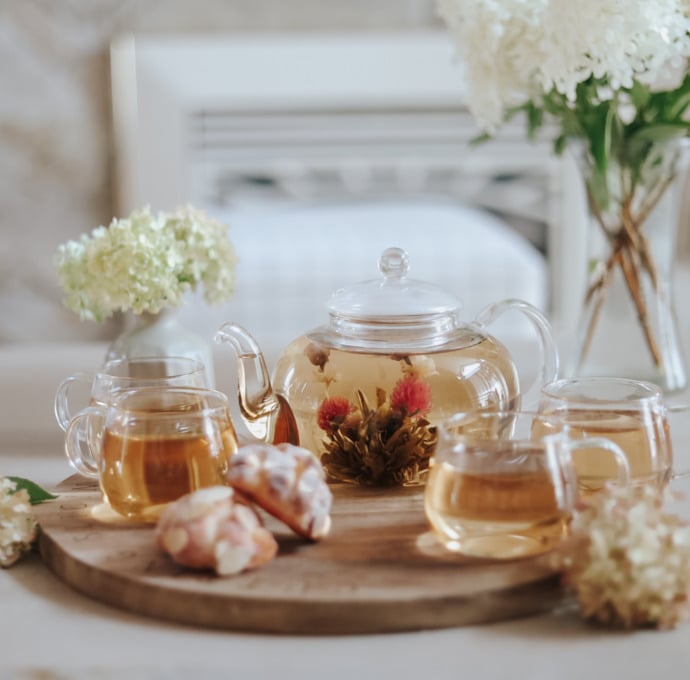
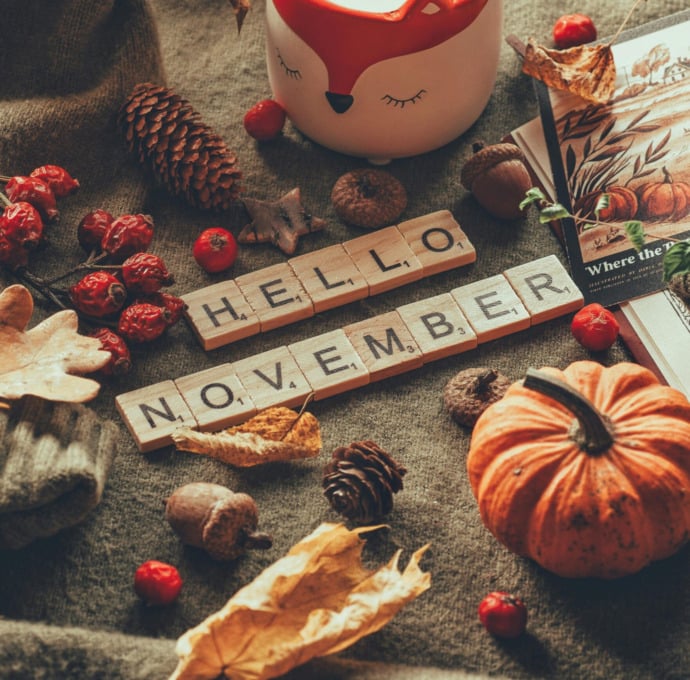
Share your thoughts